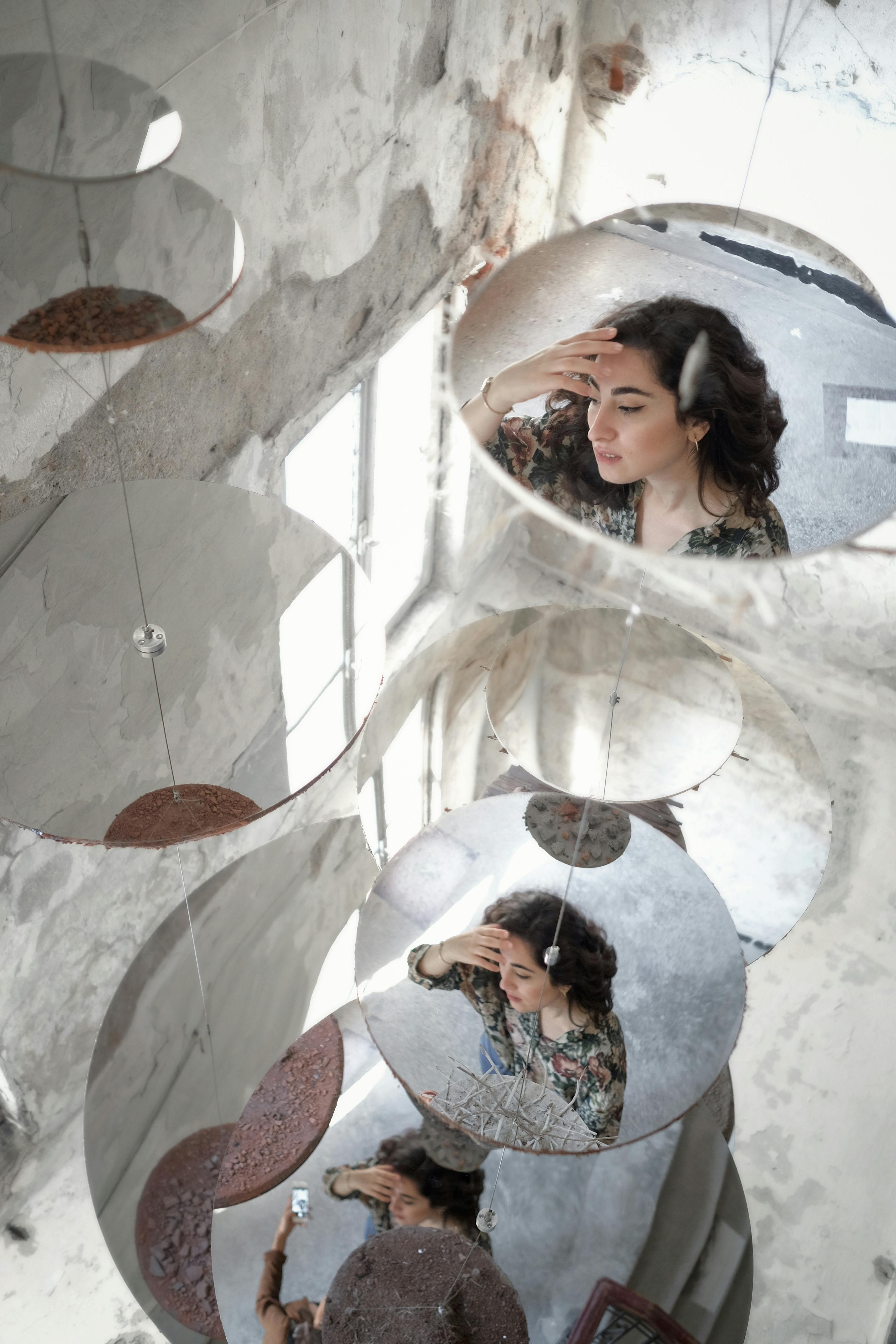How Mirrors Transform Wall Space and Home Interiors
Mirrors are practical objects and design tools that reshape how rooms look and feel. By reflecting light and sightlines, a well-placed mirror can make a small room feel larger, brighten a darker corner, or create a focal point on a plain wall. Understanding different mirror types, frame styles, and placement strategies helps homeowners and designers use mirrors purposefully within interior spaces and home decor schemes.

How can a mirror change a wall?
A mirror on a wall can alter perception, proportion, and mood. Placing a mirror opposite a window multiplies natural light and views, while a mirror above a console or mantel adds depth to a hallway or living room. Large single mirrors create the illusion of added square footage; grouped smaller mirrors form an art-like composition. Consider sightlines — a mirror should reflect something pleasant rather than clutter. Proper mounting height and secure hardware are important for safety and visual balance.
What should you consider about frames?
The frame shapes how a mirror reads within a room. Thin metal or minimalist frames tend to feel modern and unobtrusive, while ornate wooden or gilded frames bring traditional character. Frame color can echo other finishes in the room — black or brass frames work well with mixed-metal schemes, while painted wood can match trim or furniture. Also think about frame depth and weight for installation needs; heavier, thicker frames require stronger anchors and may influence where the mirror can hang safely.
How do mirrors fit interior design styles?
Mirrors adapt to nearly every interior design approach. In minimalist spaces, frameless or simple framed mirrors maintain clean lines. Mid-century interiors favor rounded shapes and warm wood frames, while industrial schemes pair mirrors with raw metal or distressed finishes. Mirrors can also reinforce a style through proportion and repetition — tall, narrow mirrors suit entryways and corridors, whereas clustered round mirrors offer a contemporary, eclectic feel. Use mirrors as complementary elements rather than standalone declarations of style.
Where do mirrors work in home decor layouts?
Mirrors function across rooms: entryways benefit from a quick-check mirror, bathrooms need appropriately sized vanity mirrors, and bedrooms use full-length mirrors for outfit checks. In living spaces, a mirror can anchor a seating area when placed above a sofa or buffet. In dining rooms, mirrors behind a sideboard can enhance atmosphere during evening meals by reflecting candlelight. Consider the mirror’s role in the room’s circulation — avoid placing mirrors where they will create distracting glare for screens or seating areas.
How to choose mirror size and placement?
Choose mirror size relative to the furniture or wall. Over a console, a mirror should be about two-thirds to the same width as the piece below it for balanced proportions. Full-length mirrors need to be tall enough to view head to toe, typically around 60–65 inches or more depending on mounting height. When arranging multiple mirrors, maintain consistent spacing and consider an underlying grid to keep the composition cohesive. For safety and durability, select mirror glass appropriate for its location (tempered glass for areas with higher impact risk) and use recommended mounting hardware or hire local services for secure installation.
Conclusion
Mirrors are versatile additions that combine function and design. Thoughtful choices about mirror type, frame, size, and placement allow them to enhance light, define walls, and integrate with broader interior design and home decor plans. Whether used singly as a focal piece or grouped to form an installation, mirrors are a flexible tool for improving both the practicality and the visual appeal of interior spaces.






